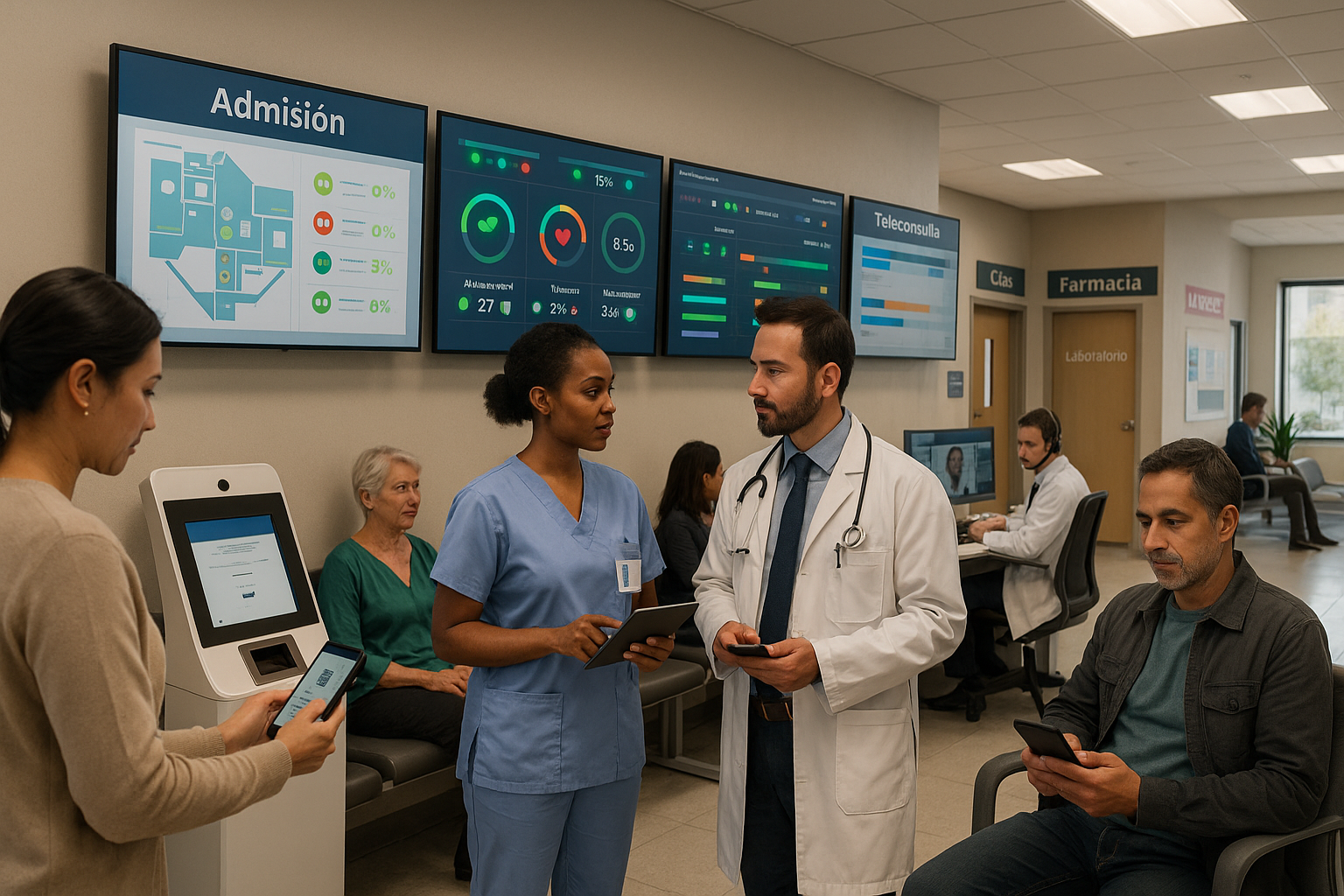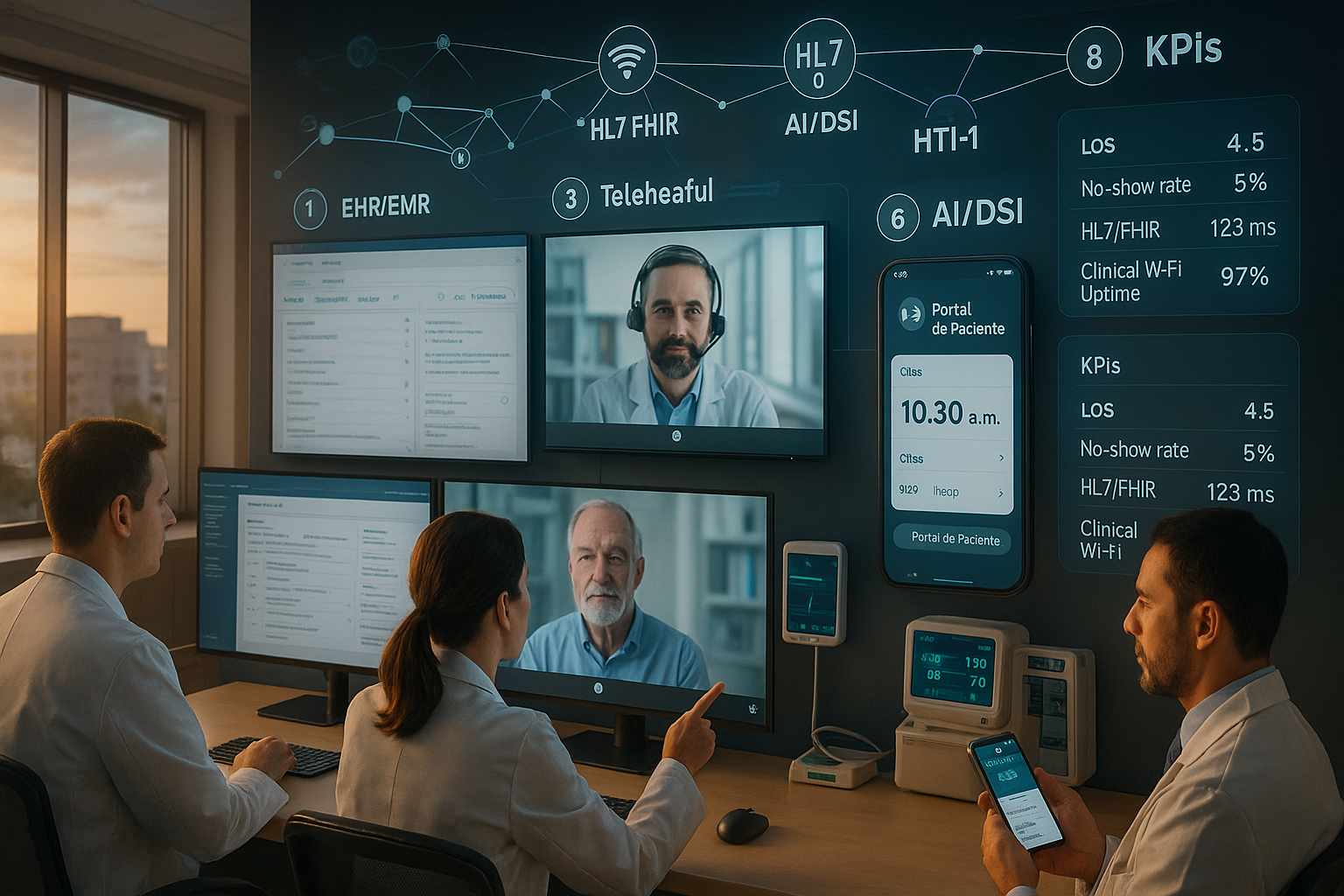Understanding how and when medical records are created and who is responsible for these records can be a surprising revelation. The average person has never thought about their personal medical history, in terms of the depth, breadth and volume of their own written medical history. The truth is that every visit we have that involves the medical system generates records that must be compiled into individual medical records. Medical record entry has largely been a “behind the scenes” activity in a medical clinic or hospital. Standards and practices have existed to maintain this integral part of patient healthcare. These practices have evolved over several generations, from the earliest Greek medical records to today’s paper charts located in Medical Records Departments.
What Are Medical Records?
Medical records are gathered by administrative staff from the time the patient checks in at the front desk. Insurance information, identification and contact information are recorded and generated on paper and scanned into the computer or, as is often the case, the paper step is skipped and the information is entered directly into the insurance record. computer. Vital signs are then taken, recorded on paper, and entered into a computer by the healthcare technician In the past, after the visit, the doctor would dictate the visit summary, patient complaints, examination details, and treatment plan into a recording device. The dictated recording would be given to a medical transcriptionist who would then transcribe the summary using a computer. Add the records to the patient’s computerized record directly or send the report electronically to the health center for an employee to upload to the computerized record.
How Have Medical Records Evolved?
The biggest change in this process has taken place in the last 20 years. With the advent of a computing device in the exam room and its use during the patient visit, the process has been simplified. The presence of these devices has brought records and documents to the forefront of lay people’s consciousness. Each and every healthcare encounter is recorded. This knowledge helps the layperson’s involvement in their health outcomes. There is often a corresponding level of curiosity, concern, and questions associated with this awareness.
These days, people are generally accustomed to the visit with the patient’s doctor being conducted with a computer in the exam room and data entry during the visit. The doctor can check off items on the list, order tests or medications, and enter a brief description of the visit. The doctor creating a record of the visit in the presence of the patient is relevant to provide accurate entry of health records. The patient can be an active participant, verifying real-time information entered into the patient record. The patient can be an active participant, verifying real-time information entered into the patient record. Giving the patient the opportunity to be responsible for maintaining an accurate medical record also increases understanding. Collaboration can strengthen the sense of responsibility and relationship between the provider and recipient of healthcare services.
What has changed? Paper and pen have been eliminated; a keyboard and a monitor have appeared. With the introduction of tablets, the computer has been supplanted by smaller, less expensive, easier to clean and more portable devices. Our documentation methods have evolved from huge volumes of paper to electronic data that can easily fit on a small disk. Data is still entered by humans and it is the human interface that controls the quantity and quality of that data, not the repository of that data.
Electronic Health Records
The advent of what are now known as “electronic health records” is new in name only. In reality, behind the scenes, patient records have been computerized for more than 40 years. Much of our information, personal and otherwise, is now in the palms of our hands; Medical health information is just one facet of the broad spectrum of our electronic footprint.


